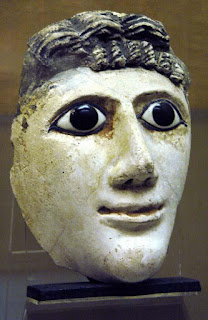The study of the human remains from Nubia: the contribution of Grafton Elliot Smith and his colleagues to palaeopathology.
https://www.ncbi.nlm.nih.gov/pmc/articles/PMC1044289
























.jpg)









.jpg)

_-_Mus%C3%A9e_de_Tess%C3%A9_-_Galerie_%C3%A9gyptienne_-_Couvercle_et_c%C3%B4t%C3%A9_d'un_cercueil.jpg)
_-_Mus%C3%A9e_de_Tess%C3%A9_-_Galerie_%C3%A9gyptienne_-_St%C3%A8le_de_S%C3%A9men_et_H%C3%A9setre.jpg)








.jpg)

